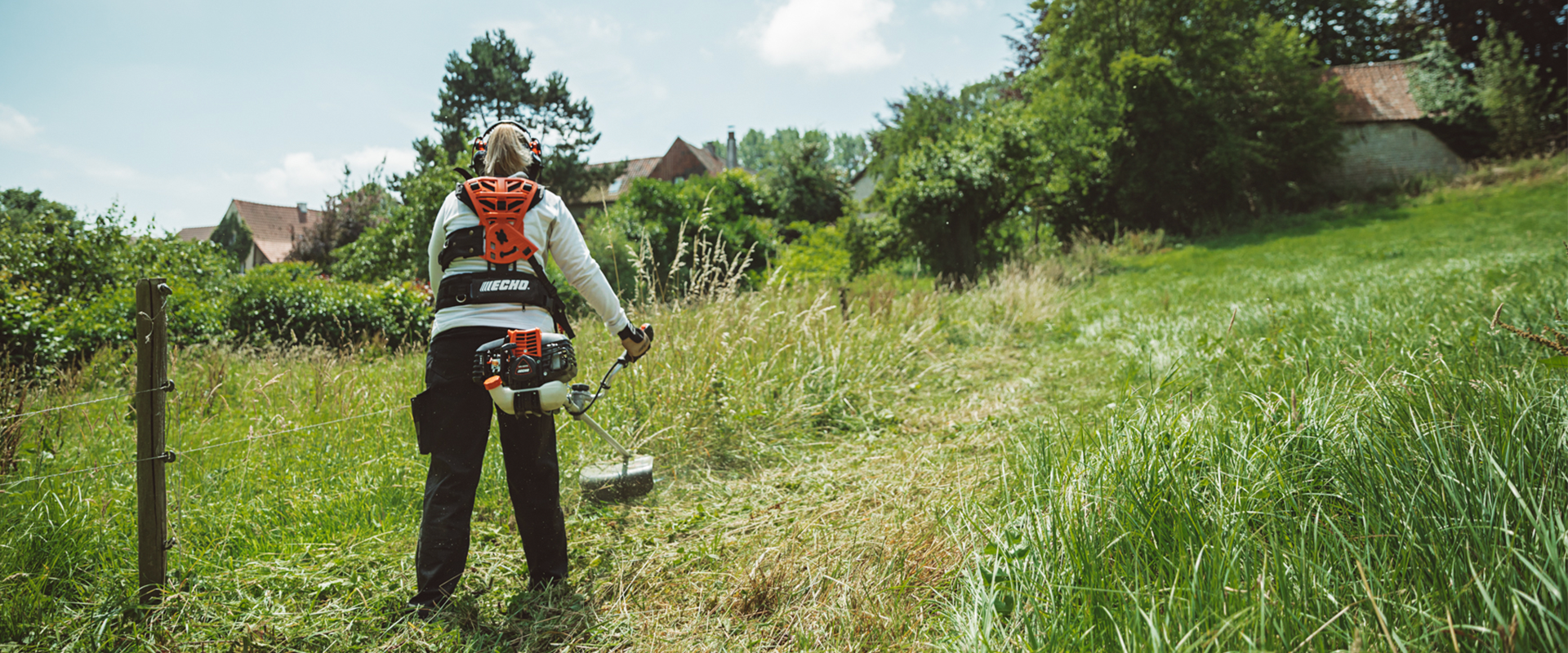
Beat the Heat
As temperatures soar during the summer months, it's essential to prioritize safety while using power equipment. High temperatures not only increase the risk of heat-related illnesses but can also impact the performance of your tools and your ability to operate them safely. Whether you're a professional landscaper or a DIY enthusiast, understanding the risks and taking appropriate precautions can help you stay safe and productive.
Tips for Preventing Heat-Related Illnesses and Injuries
Understand the Signs of Heat-Related Illnesses:
- Heat Exhaustion: Symptoms include heavy sweating, weakness, dizziness, nausea, headache, and fainting. If you experience these symptoms, move to a cooler location, drink water, and rest.
- Heat Stroke: This is a severe condition characterized by a high body temperature, confusion, rapid pulse, and possible unconsciousness. Heat stroke requires immediate medical attention.
Wear Appropriate Safety Gear:
- Even in hot weather, it's crucial to wear safety gear appropriate for the equipment you're using. This includes items like chainsaw trousers, safety goggles, ear protection, and steel-toed boots.
- Choose safety gear made from breathable materials when possible to help mitigate heat buildup.
- Ensure your safety gear fits well and does not restrict airflow unnecessarily.
Check out ECHO’s range of safety gear here: Safety Gear | ECHO (echotools.com)
Dress for the Heat:
- Underneath your safety gear, wear lightweight, moisture-wicking, and light-colored clothing to help keep your body cool.
- Use a wide-brimmed hat to protect your head and face from direct sunlight when not wearing a helmet or other head protection.
Stay Hydrated:
- Drink plenty of water throughout the day, even if you don’t feel thirsty. Dehydration can occur quickly in hot weather.
- Avoid drinks with caffeine or alcohol, as they can contribute to dehydration.
Use Sunscreen:
- Apply a broad-spectrum sunscreen with an SPF of at least 30 to all exposed skin. Reapply every two hours, or more often if sweating heavily.
Take Regular Breaks:
- Schedule frequent breaks in a shaded or air-conditioned area to allow your body to cool down.
- Plan your work schedule to avoid the hottest parts of the day, typically between 10 a.m. and 4 p.m.
Guidelines for Staying Hydrated and Taking Breaks
Hydration Tips:
- Pre-Hydrate: Begin your day by drinking a glass of water before starting work.
- Hydration Schedule: Take a hydration break every 20-30 minutes. Aim to drink about 8 ounces of water per break.
- Electrolyte Replacement: Consider drinking a sports beverage or eating a snack with electrolytes if you're working for extended periods.
Break Schedule:
- Take a 10-minute break every hour in a cool, shaded, or air-conditioned environment.
- Use these breaks to hydrate, rest, and check for signs of heat-related illnesses.
Equipment Care:
- Check your power equipment for any signs of overheating. Allow them to cool down if they seem excessively hot.
- Store your tools in a cool, dry place when not in use to prevent overheating and prolong their lifespan.
By following these summer safety tips, you can minimize the risk of heat-related illnesses and injuries while using power equipment. Prioritize your well-being by wearing appropriate safety gear, staying hydrated, taking regular breaks, and dressing suitably for the weather.
